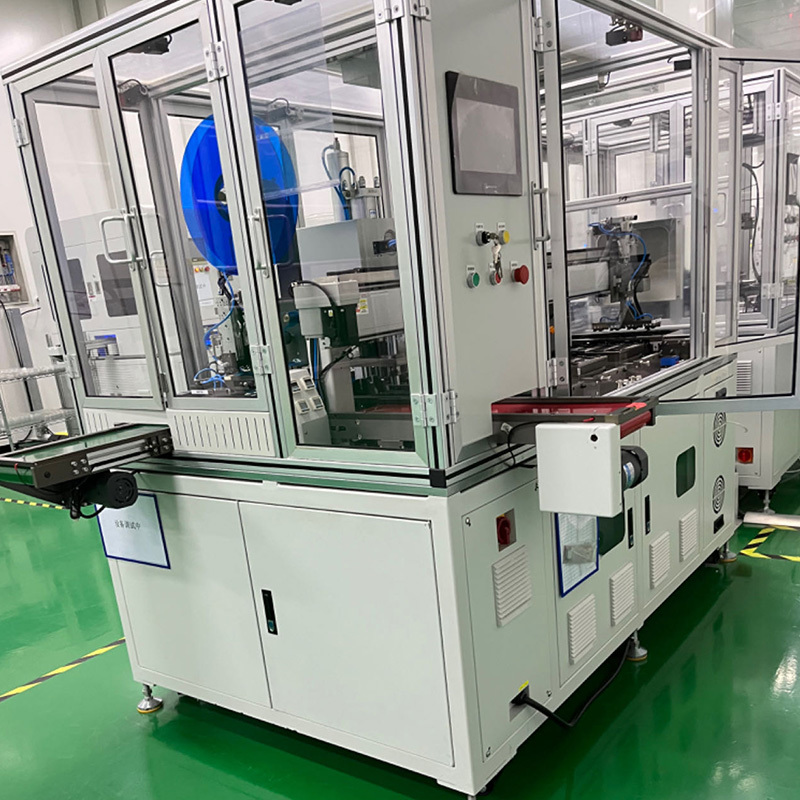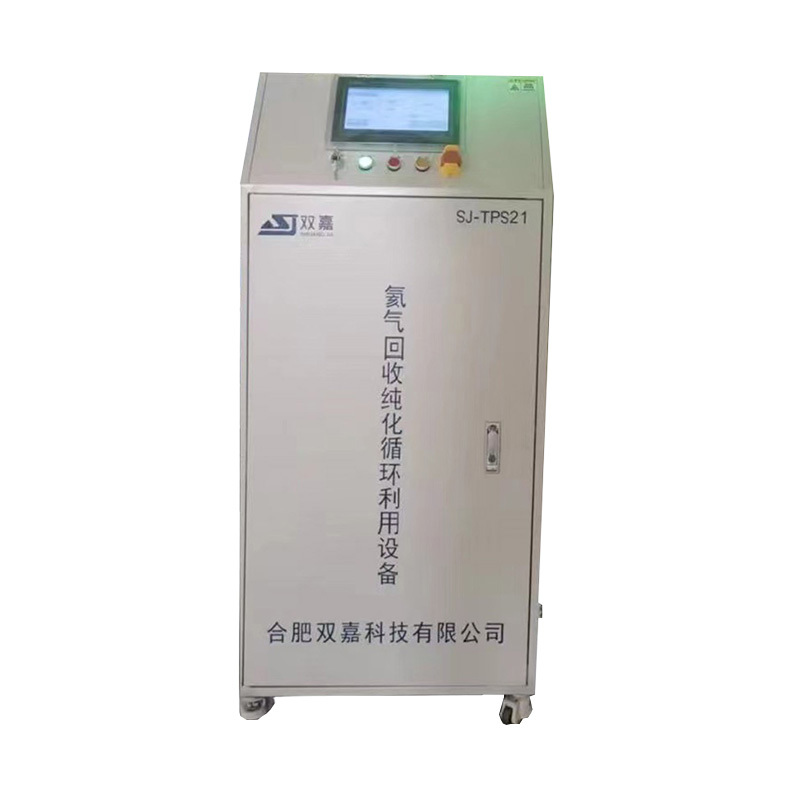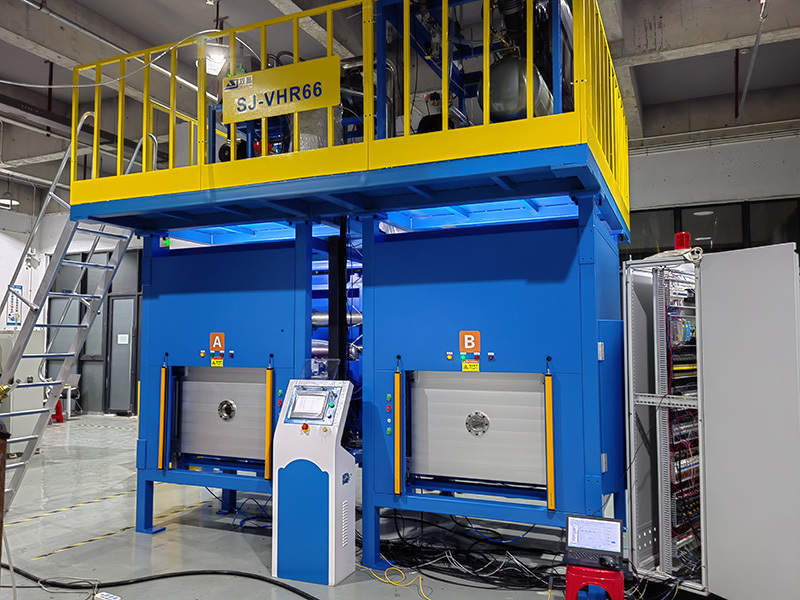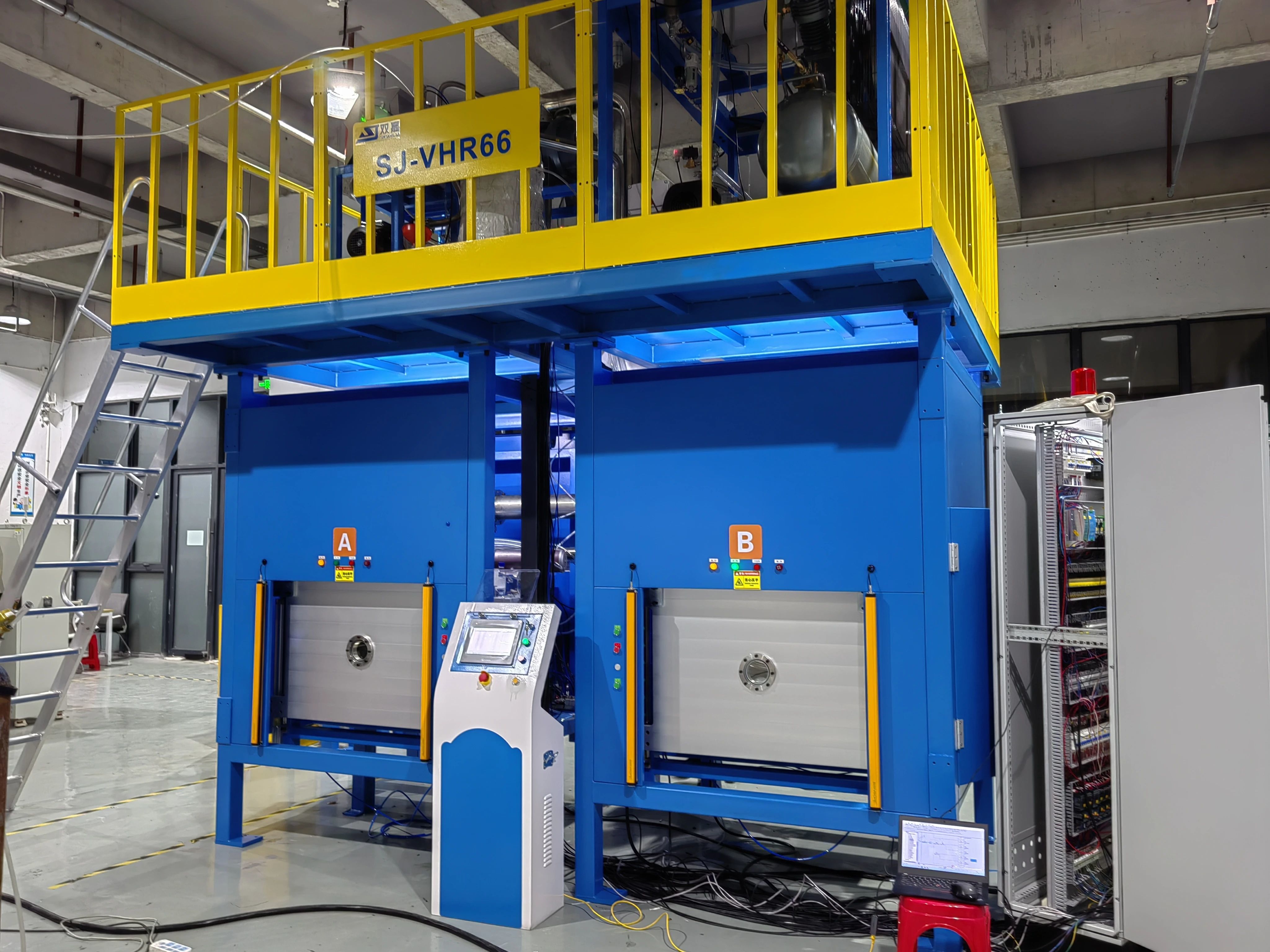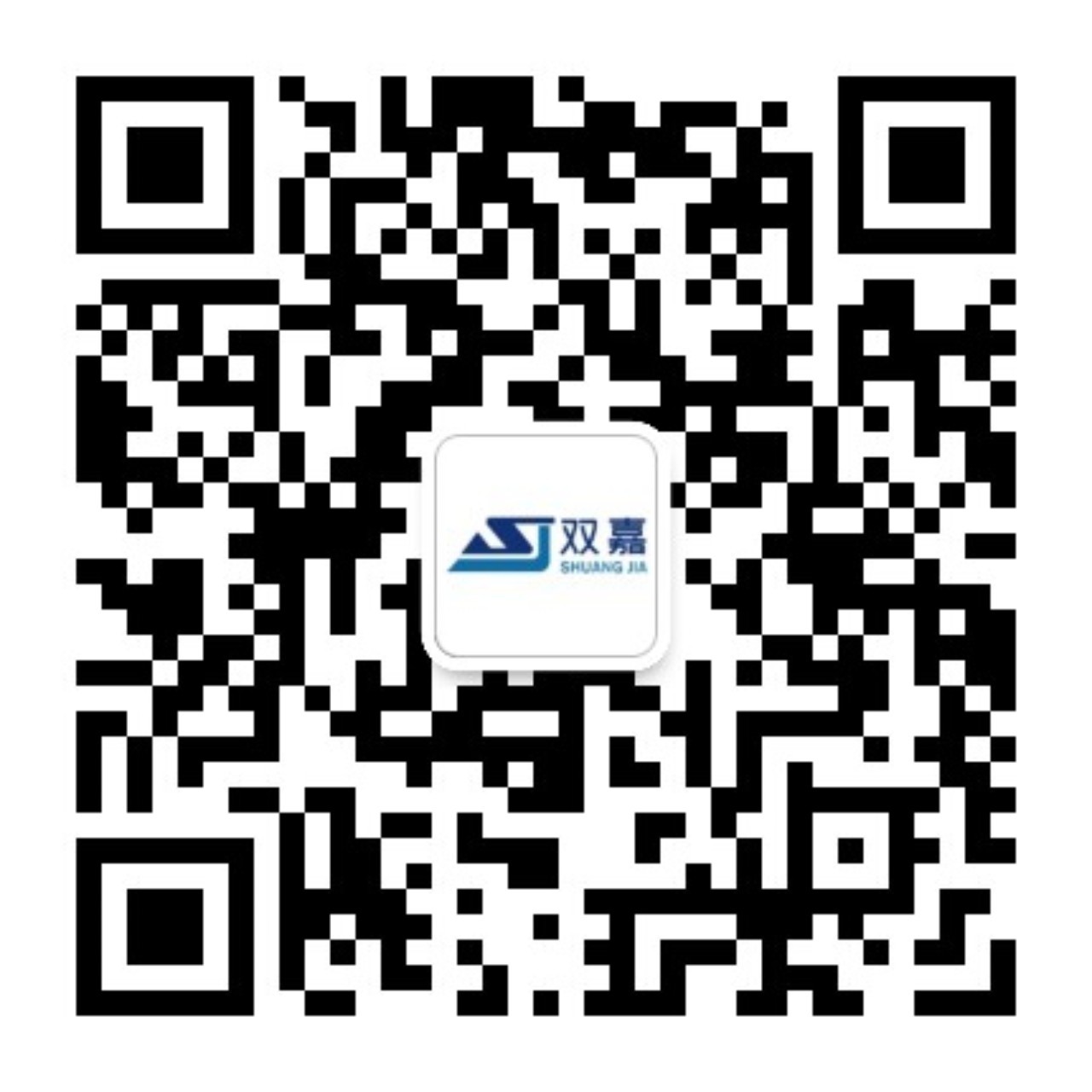Information Details
Common helium leak detection methods for helium mass spectrometer leak detectors include the helium hood method and the spraying method
The helium hood method involves enclosing the test piece with a test hood. Before leak detection, the air inside the hood is removed, and then 100 kPa of helium is introduced. When the leak detector output shows a change, it indicates that the test piece under the helium hood has a leak. The test hood can be made of plastic film. For large quantities of small parts, a dedicated rigid test hood can also be made, allowing the pressure of the introduced leak detection gas to be higher than 100 kPa to improve the leak detection sensitivity.
Release time:
2022-01-10
This document introduces two commonly used helium mass spectrometry leak detection methods in production: the helium hood method and the spray method.
1. Helium Hood Method
The helium hood method involves enclosing the inspected object with a test hood. Before leak detection, the air inside the hood is removed, and then 100 kPa of helium gas is introduced. When a change is observed in the leak detector output, it indicates a leak in the inspected object under the helium hood. The test hood can be made of plastic film. For a large number of small parts, dedicated rigid test hoods can also be made, allowing the pressure of the introduced leak gas to exceed 100 kPa to improve leak detection sensitivity.
2. Spray Method
The spray method is the most commonly used and convenient leak detection method. During leak detection, a nozzle connected to a helium gas cylinder is used to spray the suspected leak point. The following points should be noted when using the spray method for leak detection:
(1) Leak detection order: Spray from the top to the bottom of the inspected object, from the area near the leak detector to the area far from the leak detector, point by point.
(2) During the initial inspection, use a large-diameter nozzle to increase the coverage area of the helium gas flow. After locating the area of the leak, switch to a small-diameter nozzle to determine the exact location of the leak.
(3) Repair large leaks detected first (seal with vacuum mud) before detecting small leaks.
(4) When two suspected leak points are very close to each other, cover one point first, then use the thinnest nozzle to spray the other point.
(5) When the nozzle sprays a certain point, if the leak detector shows a change, but the rising speed is slow and the readings are inconsistent, it indicates that there is a large leak in the vicinity.
(6) After detecting a leak, several more verifications should be performed.
Generally, the total leak rate is measured first. Only when the total leak rate exceeds the allowable value is the leak location determined. The leak detection environment should be well-ventilated, clean, and dry, without strong electromagnetic interference or strong vibration. The ambient temperature should be (23±7)℃, and temperature and atmospheric pressure monitoring devices should be available on site.
Previous Page
Next Page
Previous Page
Next Page
Latest Blog


